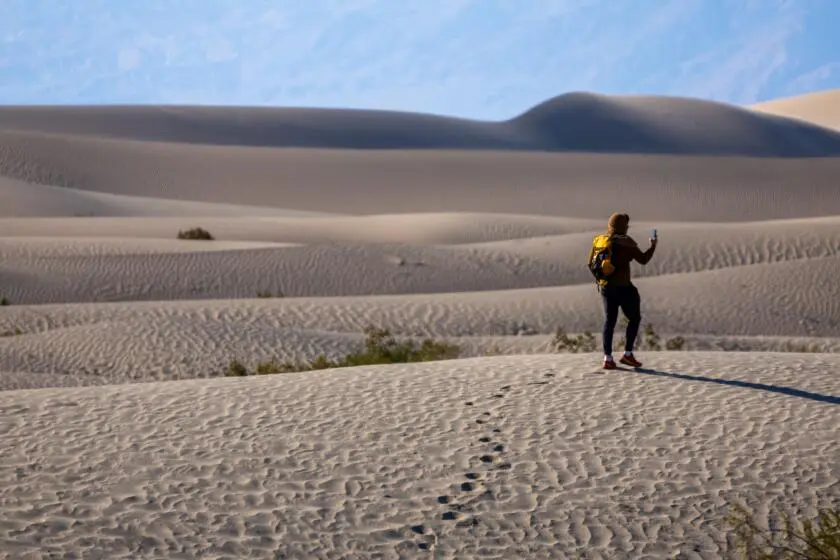Death Valley heat melts skin off a man's feet after he lost his flip-flops in the dunes
Death Valley heat melts skin off a man's feet after he lost his flip-flops in the dunes

A 42-year-old Belgian tourist was taking a short walk Saturday in the sand dunes in 123-degree heat when he either broke or lost his flip-flops, putting his feet into direct contact with the broiling desert ground.

According to a National Park Service news release, the 42-year-old Belgian tourist was taking a short walk Saturday in the Mesquite Flat Sand Dunes in 123-degree heat when he either broke or lost his flip-flops, putting his feet into direct contact with the desert ground. The result: third-degree burns.
"The skin was melted off his foot," said Death Valley National Park Service Ranger Gia Ponce. "The ground can be much hotter — 170, 180 degrees]. Sometimes up into the 200 range."
Unable to get out on his own and in extreme pain, the man and his family recruited other park visitors to help; together, the group carried him to the sand dunes parking lot, where park rangers assessed his injuries.
Though they wanted a helicopter to fly him out, helicopters can't generate enough lift to fly in the heat-thinned air over the hottest parts of Death Valley, officials said. So park rangers summoned an ambulance that took him to higher ground, where it was a cooler 109 degrees and he could then be flown out.